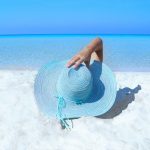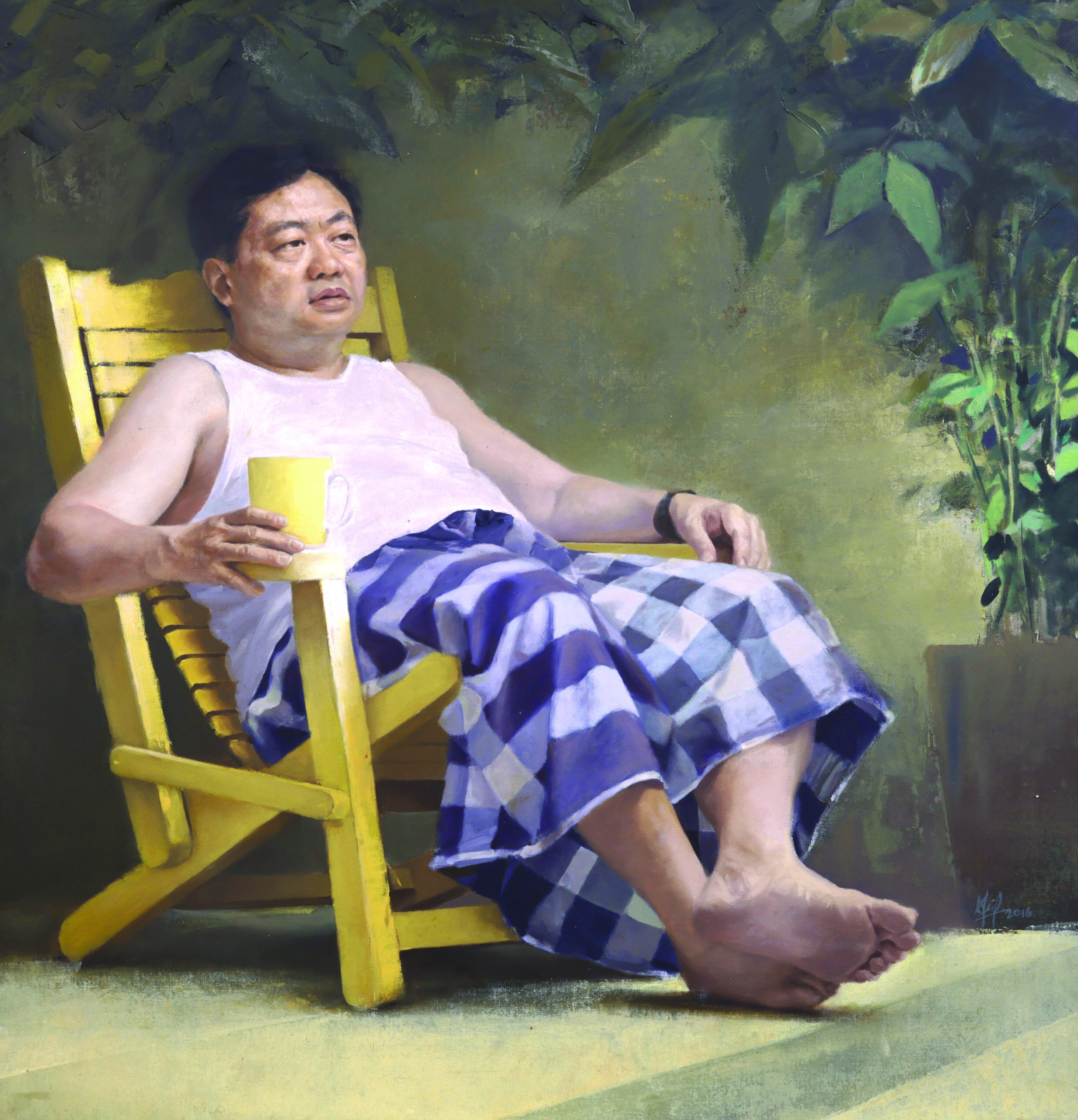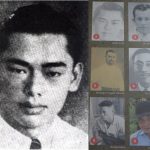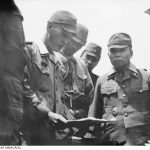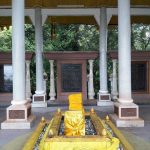
Thanks to its majestic limestone mountains, rocks and pristine white sandy beaches, it is impossible to take a bad photo at Phi Phi Islands.
Located between Phuket and the west of the Strait of Malacca, it is believed the name of the group of islands named ‘Phi Phi’ originates from the word “api-api” in Malay, referring to the Pokok Api-Api or grey mangrove found throughout the island.
There are six islands in the Phi Phi archipelago, with Phi Phi Don and Phi Phi Lee being the famous ones.
Besides its mountains and beaches, its cliffs and caves have made it a popular tourist attraction site.

The islands are part of Hat Nopparat Thara-Ko Phi Phi National Park.
There are plenty of tour packages available for those who want to visit the islands.
A day tour aboard a speedboat could cost you up to 2,800 baht during peak season (middle of October till end of March) when the place is packed with tourists.
During the rest of the year, the package tour price could even go as low as 800 baht per person which includes a pick-up from your hotel, drinking water and lunch.
The price of the tour package usually does not cover the national park entrance fee which costs about 400 baht per person.
Whether you are following a group tour or signing up for a private trip, here are glimpses of what await you at Phi Phi Islands.

1.Bamboo Island

This small island is located between the coast of Krabi and Phi Phi Islands.
Its Thai name is Ko Mai Phai and its English name is kinda misleading.
Do not tire yourself walking around looking for bamboo because no bamboo grows on the island.
The name actually refers to the casuarina trees which cover most of the island.
Like the rest of Phi Phi Islands, Bamboo Island did not escape the damage brought by the Indian Ocean tsunami on Dec 26, 2004 wiping out most of the trees along its coastline.
Today, however, it offers a great chance for snorkelling as the Hin Klang coral reef spans between Phi Phi Don and Bamboo Island.

2.Viking Cave

Sadly, visitors are not allowed into Viking Cave but most tour boats slow down to let tourists have a good glimpse of the cave.
Another misleading name, Viking Cave has nothing to do with the Vikings but owes its name to the painting found on the eastern southern walls of the cave.
The painting represent various types of boats including a Scandinavian drakkar.
These rock arts are actually quite recent, believed to be drawn by sailors taking shelter in the cave during a storm.
Now the cave is taken care of by a private company that holds the concession to harvest the bird nests found inside the cave.
3.Piley Cove

This is one of the most magical places in the world to swim in.
The colour of the sea is turquoise and it is so clear you can see fish cruising around you as you swim.
Boats can only enter the cove when it is high tide due to the low depth at the entrance to the cove.
The limestone mountain surrounding the cove protects it from high waves of the open sea making the water a perfect calming place to swim in.
The depth of the water here ranges between 5 to 20m, so wear those life jackets if you are not confident with your swimming.

4.Maya Bay

This is the most popular site on Phi Phi Islands, all thanks to Leonardo DiCaprio.
Yes, the Titanic’s leading man made this bay famous when the movie he starred in, The Beach was filmed here in 1999.
As beautiful as it is, it also might be the hardest place to visit of all the sites in Phi Phi.
This is because the place is so packed and filled with tourists that during high season, you might not even see white beach but only people as you approach Maya Bay by boat.
Thousands of people visit the bay and more than 30 boats are moored at its coast daily.

5.Monkey Bay

Don’t forget to say ‘hi’ to the macaques which gave Monkey Bay or Ao Ling its name.
This place is famous for kayaking and snorkeling but most tour groups don’t make a long pit stop here.
Unless you are on a private tour or boarding the traditional longtail boat, you can always hop off and make a quick visit to see these primates.
Some tour groups offer the chance to feed them, but be careful not to get too close as they are known to bite and scratch.
6.Phi Phi Don

The highlight of the Phi Phi Islands tour is supposedly none other than snorkeling off the coast of Phi Phi Don.
It is the largest island in the Phi Phi archipelago and the only one with permanent inhabitants.
Unfortunately, Phi Phi Don suffered the most damage of all Phi Phi during the 2004 tsunami where more than 1,000 people died.
There is a memorial built for those killed in the tsunami on the beach near Lohdalum Bay.
Some parts of the reef have been damaged but there are a few soft corals sprouting here and there.
There are still a few schools of colourful coral fishes found in the area and other marine organisms such as clams and sea cucumbers.
Phi Phi Islands and its visitors

The islands are a well known holiday destination among Chinese, Singaporean, Malaysian and European tourists.
It was reported that Phi Phi produces about 25 tonnes of solid waste a day and up to 40 tonnes during the high seasons.
So if you are visiting the archipelago anytime soon, do not litter and always bring your garbage back to the mainland for disposal.

More Krabi travel stories here:



